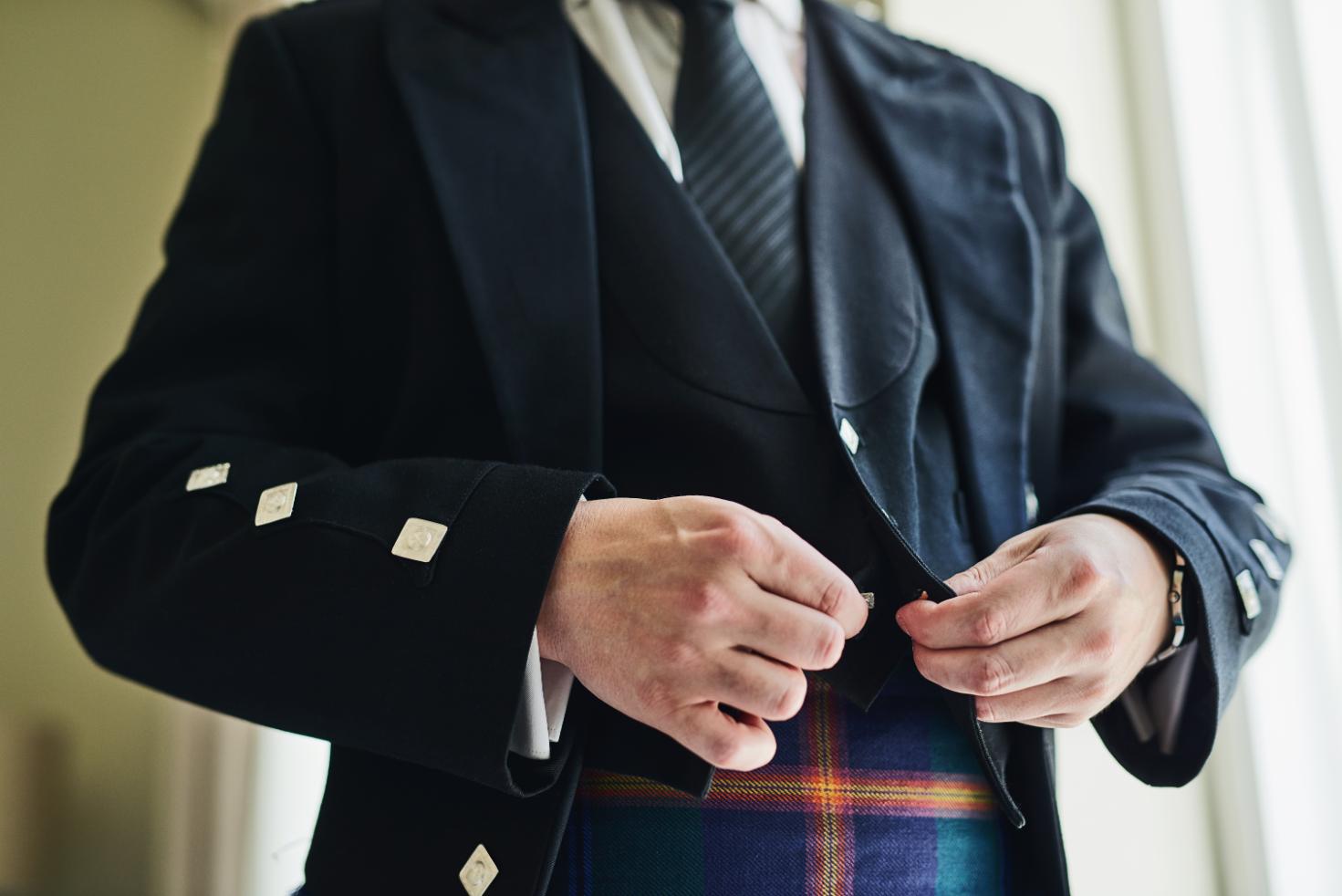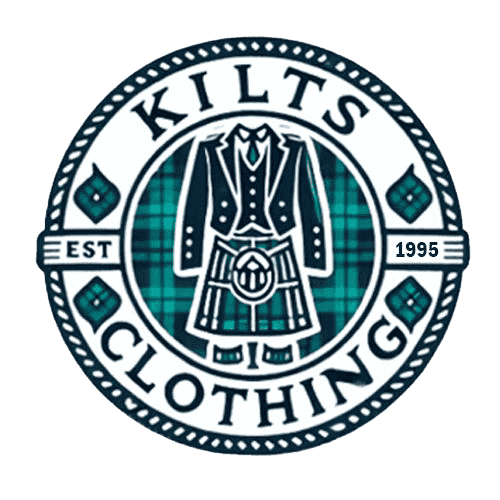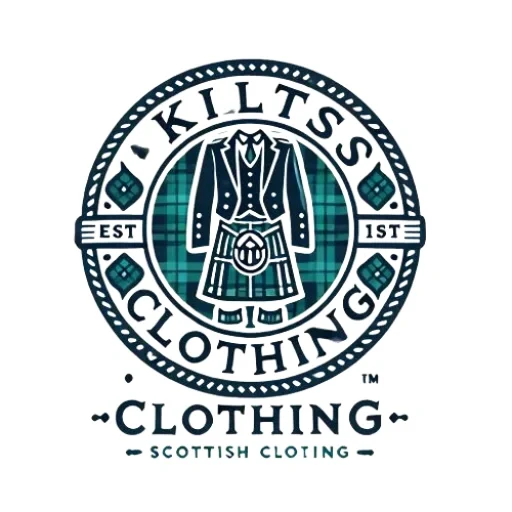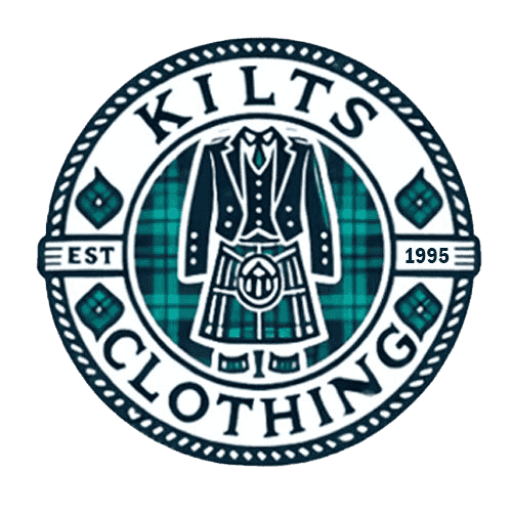Innovative Fabrics in Men’s Kilts: Balancing Tradition with Modernity

Men’s kilts have long been symbols of cultural pride, heritage, and skilled craftsmanship. Historically made from wool, they have represented the strength and traditions of Scottish and Irish culture. As fashion trends evolve, so do the materials used in kilt design. Various innovative fabrics are redefining kilts to cater to contemporary needs, offering enhanced comfort, practicality, and eco-friendliness without losing their iconic style. This post explores the transformation of kilt fabrics, showcasing how modern advancements blend seamlessly with tradition in this timeless garment.
The Legacy of Traditional Kilt Fabrics
Kilts date back hundreds of years, with wool being the fabric of choice. Traditional Scottish fabrics were practical and symbolic, with tartan patterns representing various family clans and regions. Wool kilts provided warmth, durability, and resistance to tough weather conditions, making them essential for the harsh climates of the Scottish Highlands.
However, while these fabrics held significant historical value, they also presented challenges, including weight, difficulty in cleaning, and lack of adaptability to modern life. These limitations paved the way for new innovations in kilt materials, resulting in fabrics that retain the essence of tradition while embracing the benefits of modern design.
Cutting-Edge Fabrics for Modern Kilts
The rise of new materials has revolutionized how kilts are worn and appreciated. Let’s explore some of the innovative fabrics reshaping men’s kilts today.
Synthetic Blends: A Durable and Affordable Alternative
Synthetic materials like polyester blends and acrylics are increasingly popular in kilt construction. These fabrics offer a lightweight alternative to traditional wool while maintaining the appearance of tartan. They are wrinkle-resistant, stain-resistant, and durable, making them ideal for casual wear and travel.
Benefits:
- Easy to care for
- Cost-effective
- Durable for regular use
Best for: Casual kilts or those used in dynamic environments.
Lightweight, Breathable Fabrics for Enhanced Comfort
Fabrics such as cotton and advanced technical textiles are excellent for warmer climates. These breathable and lightweight kilts ensure wearers remain cool and comfortable while looking stylish.
Benefits:
- Great for hot weather
- Comfortable for prolonged wear
- Easy to match with casual or semi-formal outfits
Best for Summer outings, casual events, or travel.
Weatherproof and Water-Resistant Materials
Kilts made from weatherproof fabrics like nylon or hybrid materials are becoming popular among outdoor enthusiasts. These fabrics provide water resistance and durability, making them perfect for unpredictable weather conditions and rugged terrains.
Benefits:
- Protection against rain and moisture
- Highly durable for hiking or outdoor activities
- Low maintenance
Best for Work kilts, hiking, or outdoor events.
Sustainable and Eco-Friendly Fabrics
With a growing focus on sustainability, eco-conscious fabrics are becoming more common in kilt-making. Organic cotton, hemp, and recycled materials provide environmentally friendly alternatives to traditional fabrics, allowing consumers to wear kilts with a clear conscience.
Benefits:
- Eco-friendly and biodegradable
- Sustainable without compromising on style
- Maintains traditional aesthetics with modern flair
Best for: Environmentally conscious fashion lovers.
Merging Tradition with Innovation in Kilt Fabrics
At the heart of kilts is their cultural legacy. The inclusion of modern fabrics ensures they remain relevant to contemporary fashion. By combining heritage-inspired tartan patterns with modern materials, today’s kilts cater to various preferences.
For example, synthetic blends replicate the traditional tartan look, offering more flexibility. Likewise, eco-friendly fabrics present a sustainable option that aligns with traditional and modern sensibilities. This balance enables kilts to stay true to their roots while evolving to meet today’s demands for comfort and functionality.
Selecting the Ideal Fabric for Your Needs
Choosing the right fabric for your kilt depends on its intended purpose. Here’s a quick guide to help you make the best choice:
- Formal Occasions: Wool or high-quality synthetic blends are great for events and ceremonies.
- Casual Wear: Lightweight fabrics like cotton are perfect for everyday comfort.
- Outdoor Use: Weatherproof materials offer durability and protection in challenging environments.
- Eco-Friendly Choices: Organic or recycled fabrics are ideal for those seeking sustainable options.
With these diverse options, you’ll find a kilt fabric suited to any occasion, embracing classic styles or exploring modern alternatives.
The Future of Kilt Fabrics
As fashion technology progresses, the future of kilt fabrics is promising. Smart fabrics featuring temperature-regulating and moisture-wicking properties may soon revolutionize utility kilts. Additionally, sustainable innovations will help reduce the environmental impact of kilt production. These advances ensure that kilts will remain a cherished and practical garment for years.
Conclusion
Innovative fabrics are transforming the future of men’s kilts, blending traditional charm with modern functionality. From breathable and lightweight options to eco-conscious materials and weather-resistant designs, today’s kilts are as versatile as they are stylish. By embracing these advancements, wearers can enjoy the best of both worlds: preserving a timeless tradition while adapting to contemporary needs.
Whether you’re looking for a kilt for a formal event, casual wear, or outdoor adventures, there’s a fabric to fit your lifestyle. Discover how modern fabric innovations are reshaping this iconic garment.
Frequently Asked Questions
- What are the most common fabrics used in modern men’s kilts?
- Modern kilts typically use wool, synthetic blends (polyester and acrylic), cotton, and eco-friendly materials such as hemp and recycled fabrics.
- Are synthetic fabrics as durable as traditional wool kilts?
- Yes, synthetic fabrics are highly durable, lightweight, and easy to maintain, offering a practical alternative to traditional wool.
- What fabrics are best for outdoor or rugged conditions?
- Weatherproof fabrics, such as treated nylon or hybrid blends, are ideal for outdoor activities due to their durability and water resistance.
- Can sustainable fabrics still retain a traditional look?
- Absolutely! Fabrics like organic cotton and recycled materials can replicate traditional tartan patterns while being environmentally friendly.
- How do I choose the right fabric for my kilt?
- Choose based on your needs: wool or synthetic blends for formal events, lightweight cotton for casual wear, and weatherproof materials for outdoor use.


